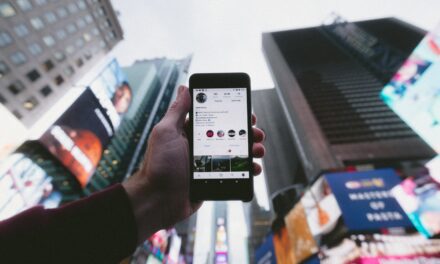Pick up any woman’s magazine or lifestyle pages and on a regular occurrence you will almost certainly find an article telling you that technology is ruining your mental health.
I’ve never been particularly open about my own mental ill health, but in my late teens and early twenties, I was victim to a long, vicious and calculated online bullying campaign.
In the beginning at times I would remove myself from my digital devices to try and get away from it, but turning off the devices wouldn’t stop the nasty campaign from continuing. I found myself struggling with my mental health as a result. It impacted my friendships, relationships and my enjoyment of work.
In that moment, I would happily have accepted all of those articles telling me social media and technology was ruining my mental health as gospel, because I was experiencing it. Even my parents suggested I “take some time out” from being online.
In the grand scheme of things, I’m glad I didn’t.
In the years since, technology has played a huge part in assisting me applying self help, and seeking help from professionals.
Social media, coupled with an increasingly open environment in which people were and still are discussing mental health; the good, the bad, and the very ugly; created a space where I, and many others could learn more ways in which we could improve our wellbeing.
If I wasn’t already inspired by journalist Isabel Hardman, the online environment she created talking openly about her mental health and enjoying her incredible nature photography, leading to her subsequent book, showed me that it never has to be a question of “one or the other”, and that we can enjoy the natural world through touch but also through screens – and it certainly got me off my backside and up into Richmond Park and beyond on my bike taking my own photos. For all the bad wrap digital influencing gets, this was an example of exactly how it should be done.
In the past year, almost our entire lives have moved online and I’m sure I am not the only one when I say i’m feeling a bit “Zoomed out”.
I’ve always found being outside amongst greenery and nature a good detox, and working from home and living on the doorstep of Richmond Park were my saving grace in lockdown. However, as our lives start to go back to “business as usual”, losing two hours of our day to commutes, naturally if we are feeling stressed or anxious in the middle of the day when you work in a city, it’s not always as easy to “just pop out”. This is where tech can step in and help.
Whether it’s social media communities with real people supporting each other, or downloading apps like Headspace or Calm, or even – a personal favourite – listening to rain and nature sounds on Spotify, there is a way we can nurture good mental health and wellbeing without automatically resorting to only popping pills from the GP because the NHS is already overwhelmed in providing other therapies in mental health service provision.
The number of users of the app Calm has doubled every year, with Headspace reporting similar numbers. Both apps foster connecting with our surroundings, and utilising images and sounds of nature to reach a meditative and mindful state.
When it comes to technology and nature, it does not have to be one or the other when protecting and improving our mental health.
Sarah-jane Sewell is Head of Events at Digital Tories. You can follow Sarah-jane on Twitter at @sarahjanesewell



